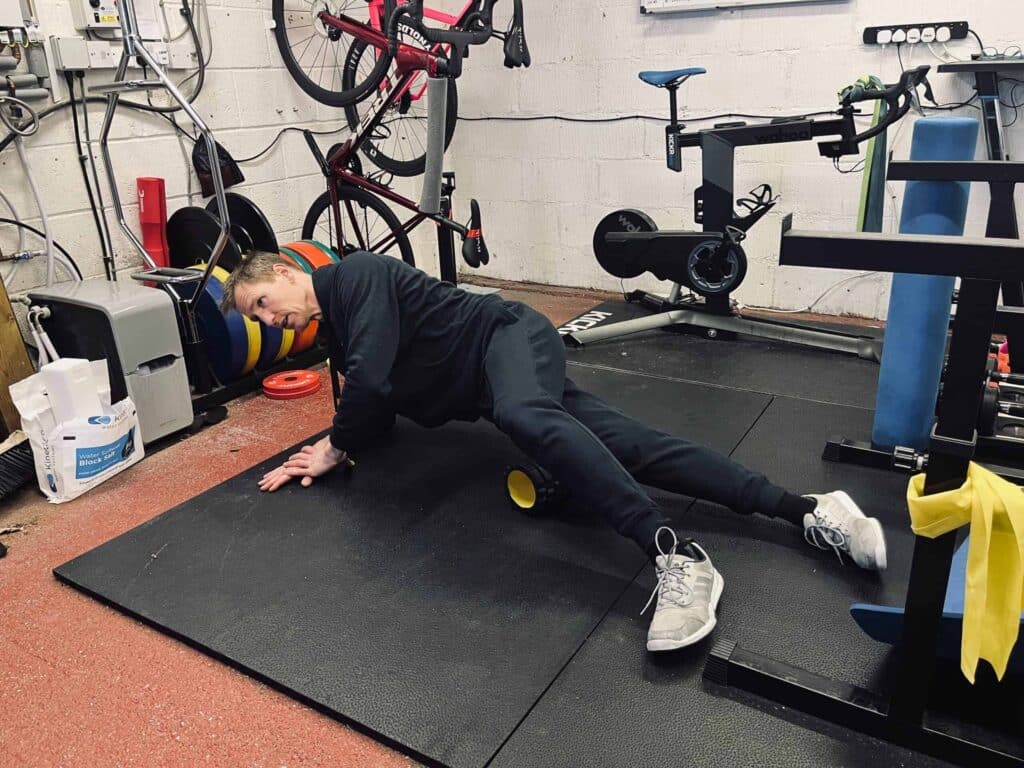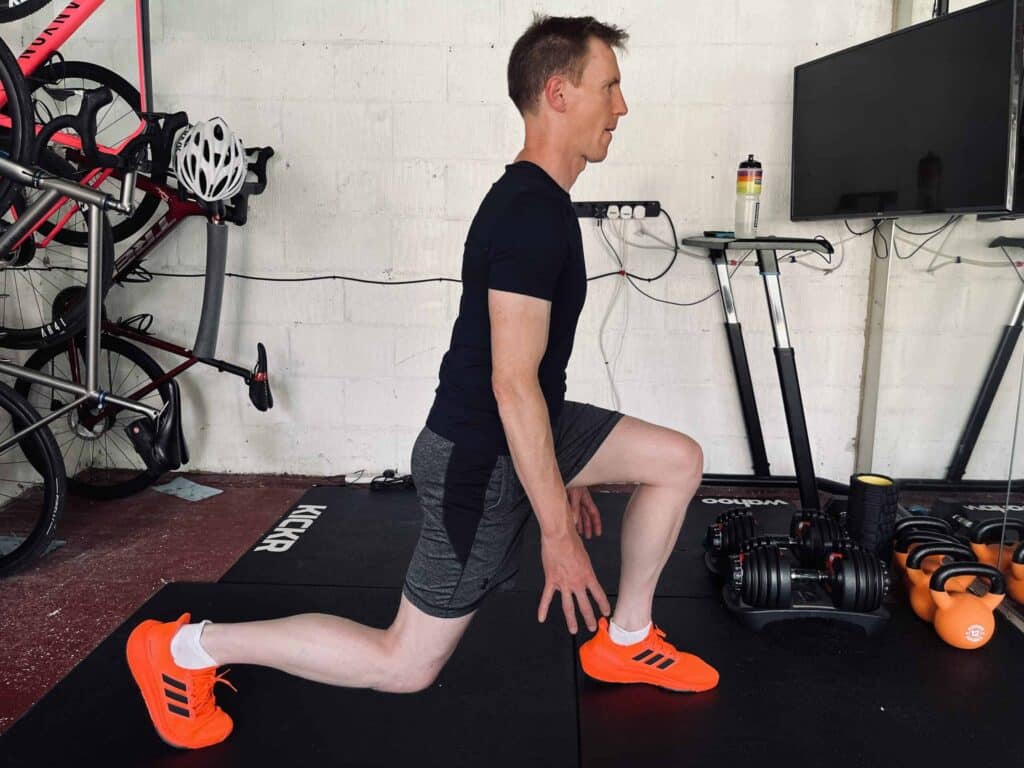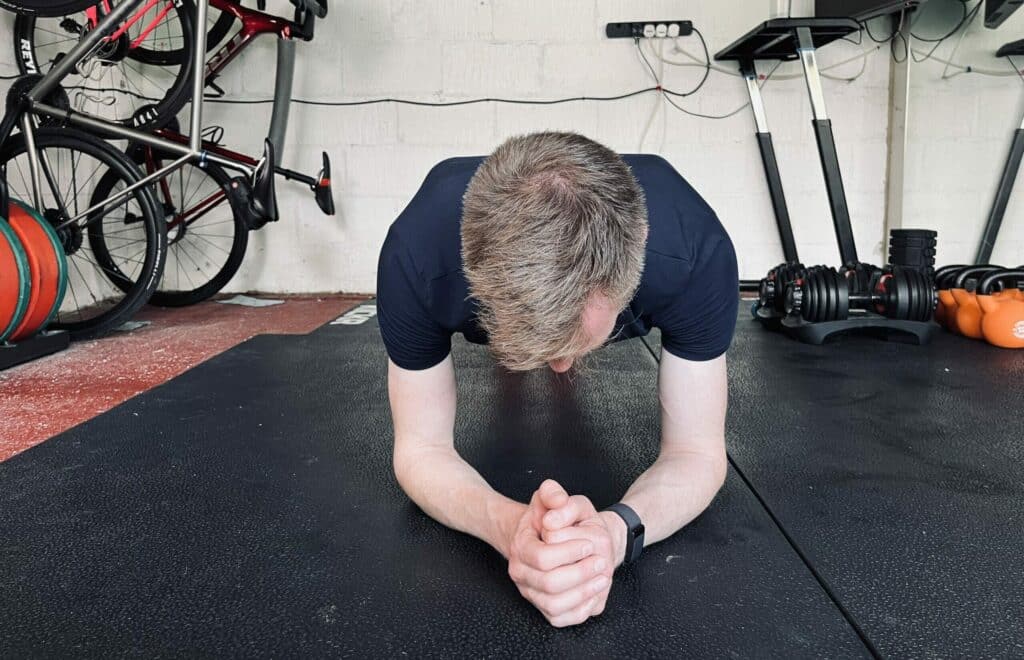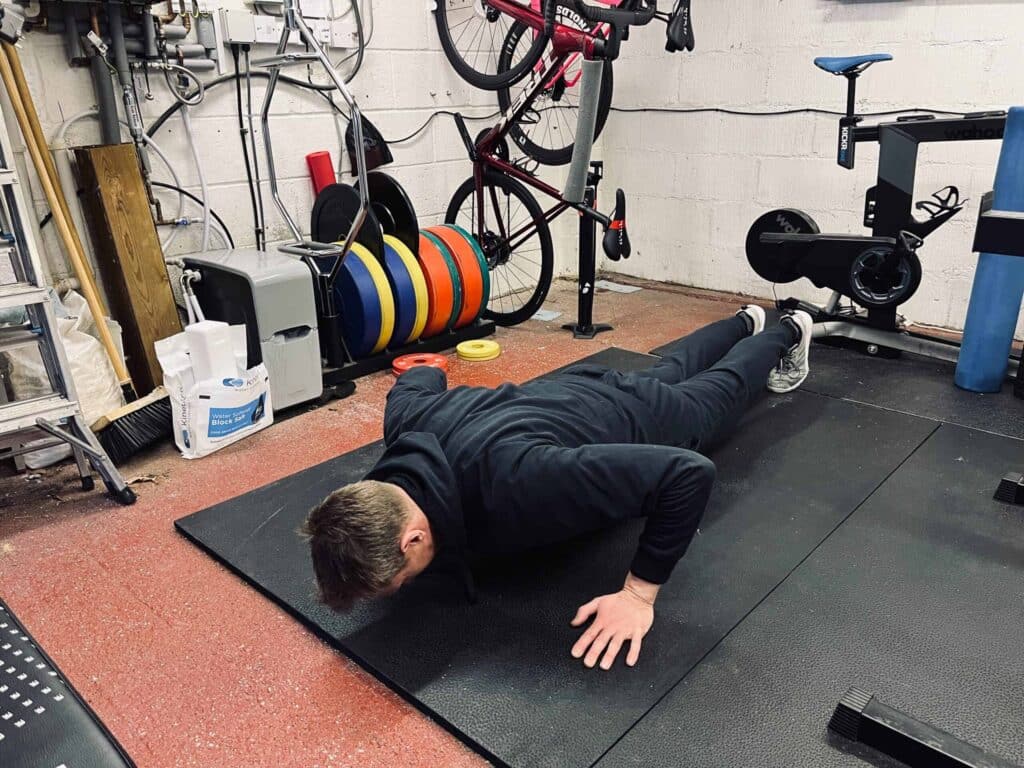Cycling enthusiasts, whether you’re new or experienced, understand that strength training is a game-changer. It’s not just about pedaling faster or longer; it’s about building a body that can handle the ride.
Integrating strength training into your regimen can revolutionize your cycling experience. It goes beyond simply pedaling faster or enduring longer rides; it’s about fortifying your entire body to meet the physical challenges of cycling.
By enhancing muscle strength, improving stability, and reducing injury risk, strength training ensures that every ride is smoother, safer, and more enjoyable. Embrace this holistic approach to fitness and unlock your full potential on the bike.
The Importance of Strength Training for Cyclists
Enhancing Performance
Strength training is crucial for cyclists aiming to improve. By performing exercises that target key muscles, cyclists can increase their power, endurance, and efficiency on the bike.
For example, squats and lunges are excellent for building leg strength, which helps you pedal more powerfully.
A balanced strength training program helps develop all muscles equally. Cyclists often have strong quadriceps but weak hamstrings, which can lead to injuries.
Strength training addresses these imbalances, ensuring all muscles are strong and functional.
Preventing Injuries
Cycling is low-impact, but it can still cause injuries if your body isn’t prepared. Strength training strengthens muscles, tendons, and ligaments, enabling them to handle the repetitive motions of cycling.
Exercises like deadlifts and planks fortify the core and lower back, reducing the risk of common cycling injuries such as lower back pain and knee issues.
Strength training also enhances joint stability. Stronger muscles around the joints provide better support, lowering the chance of strains and sprains.
This is particularly important for cyclists who often experience knee and hip problems from pedaling.
Boosting Overall Fitness
Strength training improves overall fitness and well-being. It increases muscle mass, which boosts metabolism, helping cyclists maintain a healthy weight.
This is crucial for endurance cyclists who need to manage their energy levels and body composition.
Strength training also improves bone density, which is beneficial for older cyclists. Weight-bearing exercises like squats and deadlifts stimulate bone growth, reducing the risk of osteoporosis and fractures.
This ensures that cyclists can continue enjoying their sport as they age.

Key Strength Training Exercises for Cyclists
Lower Body Workouts
The lower body is the powerhouse for cyclists. Exercises like squats, lunges, and deadlifts are essential for building strength in the legs and glutes.
These exercises not only enhance muscle power but also improve stability and balance, which are crucial for maintaining control on the bike.
For instance, squats target the quadriceps, hamstrings, and glutes, providing a comprehensive workout for the lower body.
Lunges, on the other hand, are excellent for improving unilateral strength and balance, addressing any muscle imbalances between the legs.

Core Strengthening
A strong core is vital for cyclists as it provides stability and support during rides. Core exercises such as planks, Russian twists, and leg raises help build endurance and strength in the abdominal and lower back muscles.
This, in turn, improves posture and reduces the risk of lower back pain.
Russian twists enhance rotational strength, which is beneficial for maintaining balance and control during turns and descents.
Planks, meanwhile, are particularly effective as they engage multiple muscle groups simultaneously, including the shoulders, back, and core.

Upper Body Conditioning
While the lower body does most of the work in cycling, the upper body plays a crucial role in maintaining control and stability.
Exercises like push-ups, pull-ups, and shoulder presses strengthen the arms, shoulders, and chest, providing better support and control over the handlebars.
Push-ups are a versatile exercise that targets the chest, shoulders, and triceps, improving overall upper body strength. Pull-ups, on the other hand, are excellent for building back and shoulder strength, which is essential for maintaining a strong and stable riding position.

Integrating Strength Training into Your Cycling Routine
Balancing Workouts
Integrating strength training into a cycling routine requires careful planning to avoid overtraining. It’s essential to balance strength workouts with cycling sessions to ensure adequate recovery and prevent burnout.
A typical week might include two to three strength training sessions, focusing on different muscle groups each day.
For instance, you could dedicate one day to lower body exercises, another to upper body conditioning, and a third to core strengthening.
This approach ensures that each muscle group gets enough rest and recovery time, reducing the risk of overuse injuries.
Periodization
Periodization is a training strategy that involves varying the intensity and volume of workouts over specific periods. This approach helps maximize performance gains while minimizing the risk of injury.
Cyclists can use periodization to structure their strength training, alternating between phases of high intensity and recovery.
For example, during the off-season, cyclists can focus on building strength and muscle mass with higher intensity workouts.
As the cycling season approaches, the focus can shift to maintaining strength and improving endurance with lower intensity, higher volume workouts.
Recovery and Nutrition
Recovery is a critical component of any training regimen. Adequate rest, proper nutrition, and hydration are essential for muscle repair and growth.
Cyclists should ensure they get enough sleep, consume a balanced diet rich in protein, and stay hydrated to support their training efforts.
Incorporating active recovery techniques such as foam rolling, stretching, and light aerobic exercises can also aid in reducing muscle soreness and improving flexibility.
This ensures that cyclists are ready for their next training session, whether it’s on the bike or in the gym.

Looking Ahead: The Future of Strength Training in Cycling
Technological Advancements
The future of strength training in cycling looks promising, with technological advancements playing a significant role. Wearable devices and fitness apps are becoming increasingly sophisticated, providing cyclists with real-time data on their performance and recovery.
These tools can help cyclists tailor their strength training routines to their specific needs, optimizing their results.
For instance, smartwatches and fitness trackers can monitor heart rate, sleep patterns, and muscle recovery, providing valuable insights into how the body responds to different workouts. This data can be used to adjust training intensity and volume, ensuring that cyclists get the most out of their strength training efforts.
Personalized Training Program
As the understanding of sports science and biomechanics continues to grow, personalized training programs are becoming more accessible.
Cyclists can now work with coaches and trainers to develop customized strength training plans that address their unique strengths and weaknesses. This personalized approach ensures that cyclists get the most effective and efficient workouts possible.
For example, a cyclist with a history of knee injuries might work with a trainer to develop a program that focuses on strengthening the muscles around the knee, improving joint stability, and reducing the risk of future injuries.
This tailored approach can lead to better performance and fewer setbacks.
Community and Support
The cycling community continues to grow, with more clubs, online forums, and social media groups dedicated to the sport. These communities provide valuable support and motivation for cyclists looking to improve their strength and overall fitness.
Sharing experiences, tips, and success stories can inspire others to incorporate strength training into their routines and achieve their cycling goals.
For instance, online platforms like Strava and Zwift allow cyclists to connect with others, share their workouts, and participate in virtual challenges.
These platforms foster a sense of community and accountability, helping cyclists stay motivated and committed to their training.

